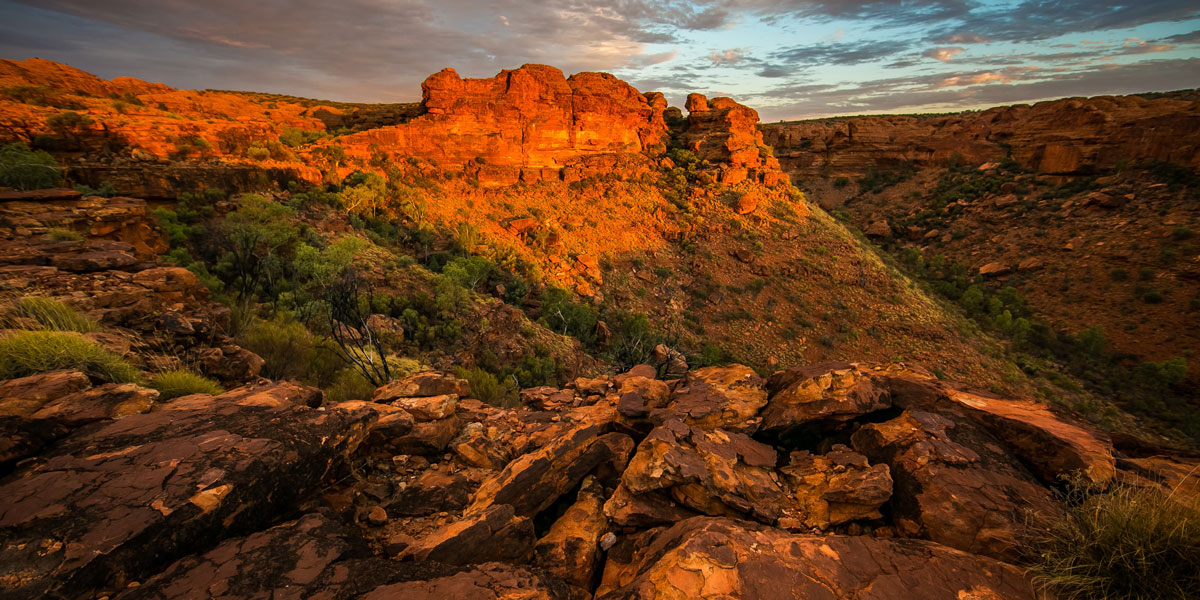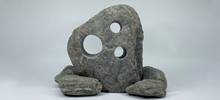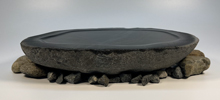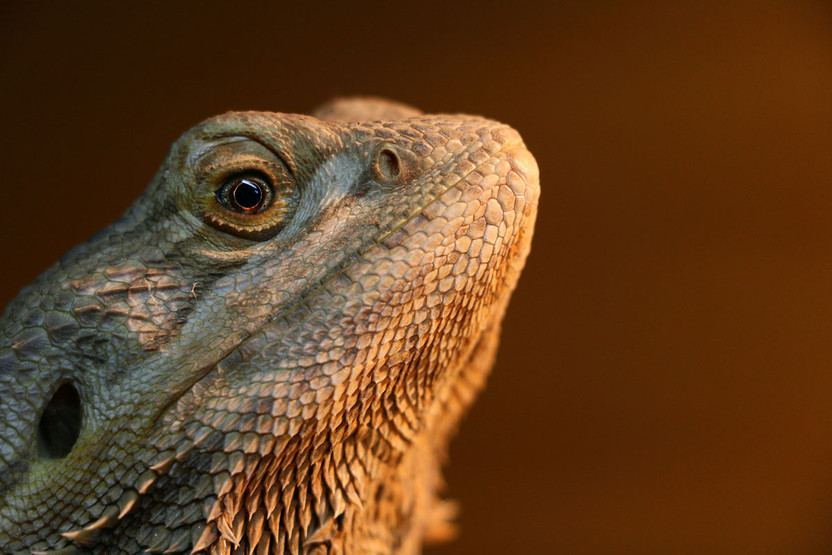Bearded Dragons In The Wild
25th Aug 2022
Most people are familiar with the docile bearded dragons often seen in pet stores, but there are parts of the world where these unique lizards are still wild. Years of domestication and a ban on exporting wild bearded dragons from their homeland mean the domestic appearance of this species is a bit different than their wild cousins.
Aside from physical differences and a lack of fear towards humans, wild and domestic bearded dragons share many instinctive behaviors. A foundational understanding of how wild bearded dragons survive is crucial to truly appreciate this species and provide for a pet bearded dragon, so let’s explore all things Pagona.
Where are bearded dragons from?
Pagona is the scientific name for the bearded dragons' genus, and there are eight distinct species within that genus. All of these species still reside in their native home of Australia. Individuals had been removed from these wild communities in the past for domestication in various countries, but bearded dragons do not exist in the wild on any other continent.

What environments do bearded dragons prefer in the wild?
Australia has a wide variety of environments, and bearded dragons have evolved to thrive in many of these environments. The preferred habitats for bearded dragons tend to be warm and arid. This includes desserts, savannas, scrublands, and even subtropical woodlands.
Heat is very important for bearded dragons since they can not regulate their own body temperature. The environments listed prior ensure bearded dragons have adequate heat to survive, but these clever lizards have also learned to seek heat in other ways.
It is not uncommon to discover a wild bearded dragon basking on a high point that retains heat from the sun. Boulders tend to be one of the best natural items for basking, but bearded dragons can also be found in trees or on fences depending on what resources their environment provides.
The color-changing abilities of bearded dragons also help with heat regulation in a unique way. Bearded dragons can appear lighter when there is an excess of heat and darker when they are trying to maximize their absorption of the sun’s heat. This instinctive change helps them cope with weather changes, and if it gets too cold they can even enter a form of torpor to conserve energy.
What do bearded dragons eat in the wild?
Bearded dragons require all the warmth they absorb from their environment so they can have the energy to hunt and properly digest their food. Wild bearded dragons do not have the limited and often repetitive diet of their domesticated relatives. Instead, wild bearded dragons eat everything from bugs to vegetables, and even small mammals or reptiles.
This omnivorous diet is possible thanks to their strong jaws, climbing ability, swiftness, and sticky tongue. Wild bearded dragons are anything but picky, so most things that fit in their mouth are on the menu.

How do bearded dragons defend themselves?
Nothing is more unappetizing than a mouth full of spikes, and bearded dragons have perfected their armored exterior through years of evolution. If you have ever heald a bearded dragon, then you know their spines aren’t always super sharp, their appearance is all part of a defensive bluff.
When threatened, wild bearded dragons suck in air and take a defensive stance to appear larger. An open mouth full of sharp little teeth and some hissing can be enough to spook hesitant predators. If this mighty display doesn’t do the trick, running for cover is their next best option, so having an environment full of hiding places is very helpful.
As a species, wild bearded dragons are most threatened by human activities that alter or destroy their environments. The Pagona genus may live on forever as a domesticated companion, but wild bearded dragons don’t have it as easy. We can better the lives of domesticated bearded dragons and support their wild ancestors through education and awareness regarding their natural behaviors.

Citations:
https://www.nationalgeographic.com/animals/reptiles/facts/bearded-dragon
https://www.bushheritage.org.au/species/bearded-dragons
https://australian.museum/learn/animals/reptiles/central-bearded-dragon/



